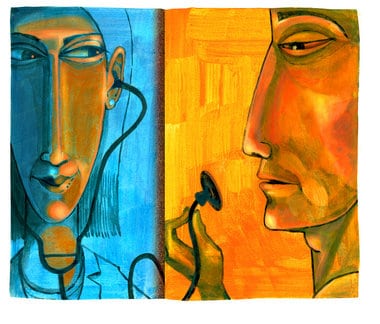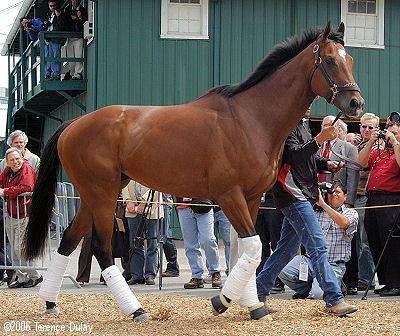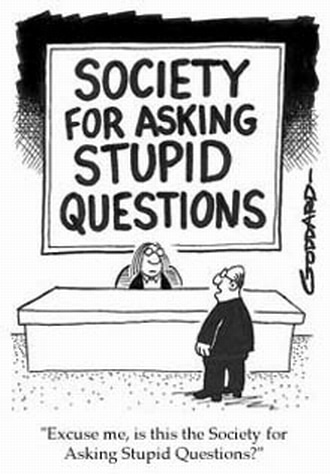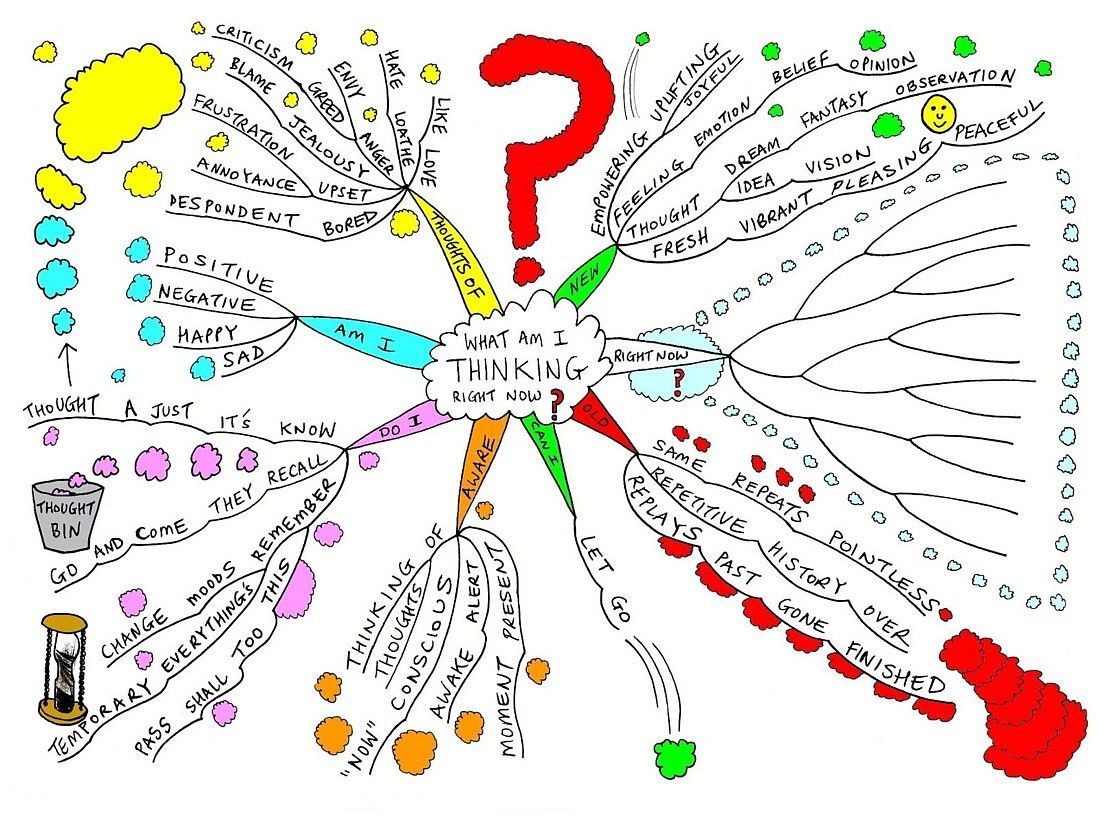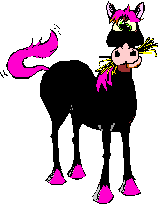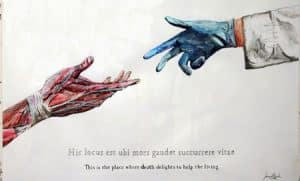 I hear a lot about medicine being an, “Art and a Science.” I’ve never been completely comfortable with that description, however. Medicine either works or it doesn’t, and not amount of artistry can change that fact. It’s science, not art, that’s important in determining whether or not a treatment is effective. The “art” of medicine is in the delivery. There are – and have been – lots of great artists who are able to thrive selling absolutely useless nostrums with not science behind them.
I hear a lot about medicine being an, “Art and a Science.” I’ve never been completely comfortable with that description, however. Medicine either works or it doesn’t, and not amount of artistry can change that fact. It’s science, not art, that’s important in determining whether or not a treatment is effective. The “art” of medicine is in the delivery. There are – and have been – lots of great artists who are able to thrive selling absolutely useless nostrums with not science behind them.
That’s not to say that “art” in unimportant, or even a bad thing, of course. The term “bedside manner,” is another way to describe the “Art of Medicine.” If you don’t have it (at least some of it), you’re not likely to be able to practice the science of medicine for long, mostly because clients won’t like you, or won’t listen to you. On the other hand, if you’re a great artist, the sky is pretty much the limit, no matter what therapy you provide.
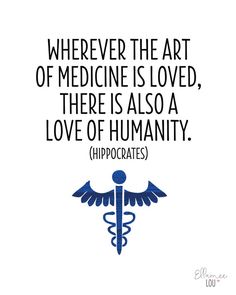 Still, there are times that the “Art” of medicine is pretty much the only thing that a veterinarian has at his or her disposal. This is particularly true at the end of a horse’s life, when the science of medicine has little or nothing to offer.
Still, there are times that the “Art” of medicine is pretty much the only thing that a veterinarian has at his or her disposal. This is particularly true at the end of a horse’s life, when the science of medicine has little or nothing to offer.
I’ve seen many, many horses at the end of their lives. One of them, “Honey” (name changed) was a chestnut Arabian gelding, 29 years old, the love of his owner’s life. Honey had been going downhill for several years, and I still remember when I got to meet him for the first time. He was really in a bad way, pointing his foot because of the pain of his laminitis, with the bone of his foot trying to come through the bottom of his foot. He was in pain. Surgery (to cut the deep flexor tendon) was not an option, both realistically and financially. I discussed the grim prognosis, the scant chances that Honey was going to get better, and the fact that the best any treatment could offer would be to give Honey a bit more time, and, with any luck, perhaps improve his quality of life a little bit.
I put pressure under Honey’s frog with a roll of gauze, and put deeper bedding in his stall. I changed his pain medication, and for a little while, he seemed somewhat better. Not 100%, but a little better. His owner was happy and she mentioned how great it was to be able to give both of them some relief.
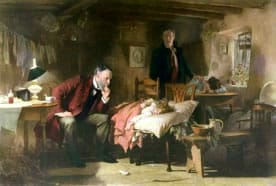 But one day, I got a call that Honey looked bad again. When I got there, it was obvious that things were getting worse. The bedding was still deep, he was still getting his medication, and his foot was still wrapped. But the treatment had stopped working. X-rays confirmed that the bone was very close to coming out of the bottom of the hoof.
But one day, I got a call that Honey looked bad again. When I got there, it was obvious that things were getting worse. The bedding was still deep, he was still getting his medication, and his foot was still wrapped. But the treatment had stopped working. X-rays confirmed that the bone was very close to coming out of the bottom of the hoof.
I wanted to believe that I could help Honey by another approach, but he was getting harder to handle and he had started to loose some weight. He was a getting a bit much for the owner to handle, too. He wasn’t being as cooperative as previously, and he didn’t want to stand for his bandage changes.
“There are other things we can do, right?” Honey’s owner asked, looking at me sincerely and seriously.
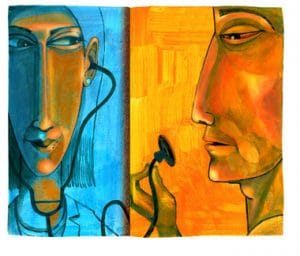 And I said, “Sure, there are lots of other options,” because when it comes to treating most things, there are always lot of options: always lots of hope to offer. And I think that deep down inside, I may have believed it a little bit, too, mostly because I knew how much Honey meant to her, compounded by the fact that I never like to admit that something as trivial as a medical condition could ever get the best of me.
And I said, “Sure, there are lots of other options,” because when it comes to treating most things, there are always lot of options: always lots of hope to offer. And I think that deep down inside, I may have believed it a little bit, too, mostly because I knew how much Honey meant to her, compounded by the fact that I never like to admit that something as trivial as a medical condition could ever get the best of me.
We made a few changes in medication. A week later, he wasn’t any better at all, and maybe even a little bit worse. He’d lost maybe a little bit more weight. And because his owner loved Honey so much, I knew our conversation would be hard. Honey’s owner was tired, and she was scared, and she was feeling very alone.
“How do you think he’s doing?” I asked.
“I think that he’s getting better,” she said. “Is there something else that we can do?”
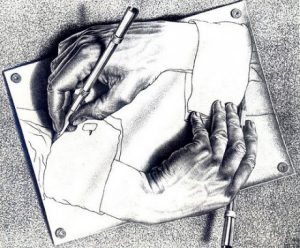 Looking at Honey, I knew that the situation was hopeless. It didn’t matter what I did – Honey wasn’t going to get any better. I knew that it was just a matter of time – and not much time, at that – before the bone of the foot dropped all of the way way through the hoof. I remember searching desperately for the right words. I remember how I didn’t want to kill all of her hope. But I also wanted her to see the reality of the situation: to see with her head, and not so much with her heart.
Looking at Honey, I knew that the situation was hopeless. It didn’t matter what I did – Honey wasn’t going to get any better. I knew that it was just a matter of time – and not much time, at that – before the bone of the foot dropped all of the way way through the hoof. I remember searching desperately for the right words. I remember how I didn’t want to kill all of her hope. But I also wanted her to see the reality of the situation: to see with her head, and not so much with her heart.
“Yes, we could try other treatments. There are still many things we could try,” I said. “But Honey’s getting worse, he’s been sick for a long time, and nothing that we’re doing seems to have helped. There are other things we can do but we may just be prolonging his suffering. We may not be able to make him any better, not matter what we do.”
And at that moment, I looked at her and I wished above all that I could have read her mind. I didn’t know exactly what she was thinking, so I just kept talking.
 I said, “Do you remember the first time I met you and Honey? Do you remember that I told you that I’d do everything that I could to help him? Do you also remember I told you I’d be honest with you? I told you that I’d give you treatment options. And I also told you that if things weren’t going well, and if chances weren’t good, I’d tell you that, too. Do you remember?”
I said, “Do you remember the first time I met you and Honey? Do you remember that I told you that I’d do everything that I could to help him? Do you also remember I told you I’d be honest with you? I told you that I’d give you treatment options. And I also told you that if things weren’t going well, and if chances weren’t good, I’d tell you that, too. Do you remember?”
She started crying, and she nodded, “Yes.”
“I think that it’s time to stop,” I said. “Honey’s not getting any better, and any other treatments that we do are only going to prolonging his suffering. We don’t want Honey to suffer. He’s had a good life, and you’ve been lucky to have had a long time together. I want you to love Honey for as long as you can, but I don’t want to let him hurt any more.”
Her shoulders sagged. “I know,” she said. “I know he’s not going to get better. And I don’t want him to suffer.”
I said, “Good, let’s not let that happen. If I can do anything else for you, please, let me know.”
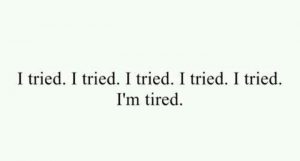 Horses don’t have an anticipation of tomorrow. They live moment to moment, and submit to whatever treatments that we give them. But I don’t only treat horses – I have to manage the expectations and concerns of their owners, too. In my experience, it’s not enough to be honest, you also have to be clear, and most especially when managing chronic conditions like arthritis, PPID (equine Cushing’s), and laminitis (to name a few). Chronic diseases are unpredictable. One day a horse will look better and the next day he’ll look worse. There’s always something that can provide more hope. I can see a horse one one day and walk away full of optimism, only to come back the next day and recommend euthanasia. So here’s what I’ve learned.
Horses don’t have an anticipation of tomorrow. They live moment to moment, and submit to whatever treatments that we give them. But I don’t only treat horses – I have to manage the expectations and concerns of their owners, too. In my experience, it’s not enough to be honest, you also have to be clear, and most especially when managing chronic conditions like arthritis, PPID (equine Cushing’s), and laminitis (to name a few). Chronic diseases are unpredictable. One day a horse will look better and the next day he’ll look worse. There’s always something that can provide more hope. I can see a horse one one day and walk away full of optimism, only to come back the next day and recommend euthanasia. So here’s what I’ve learned.
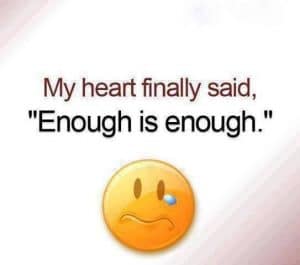 If a horse’s condition is deteriorating, or if there’s little hope for a recovery or decent quality of life, it doesn’t do anyone any good to just offer more treatment. Offering more treatment might make it easier for me or my client to deal with the horse’s problem emotionally, and it provides precious hope. But providing more treatments and more hope robs horse owners of two things: money, and even more importantly, time to come to peace with their horse’s condition. False hope can be expensive. Time is short, and when a horse is nearing the end, it’s does not one good to fill that time with anxiety.
If a horse’s condition is deteriorating, or if there’s little hope for a recovery or decent quality of life, it doesn’t do anyone any good to just offer more treatment. Offering more treatment might make it easier for me or my client to deal with the horse’s problem emotionally, and it provides precious hope. But providing more treatments and more hope robs horse owners of two things: money, and even more importantly, time to come to peace with their horse’s condition. False hope can be expensive. Time is short, and when a horse is nearing the end, it’s does not one good to fill that time with anxiety.
The end of a horse’s life is a terrible time for horse, horse owner, and veterinarian. At this time, more than any other time, I believe that my words should provide comfort and solace. At the end, it’s not important to provide more treatment – it’s important to help provide peace. At the end, medicine becomes an art and science becomes trivial. At the end, humanity and compassion should shine above all.

